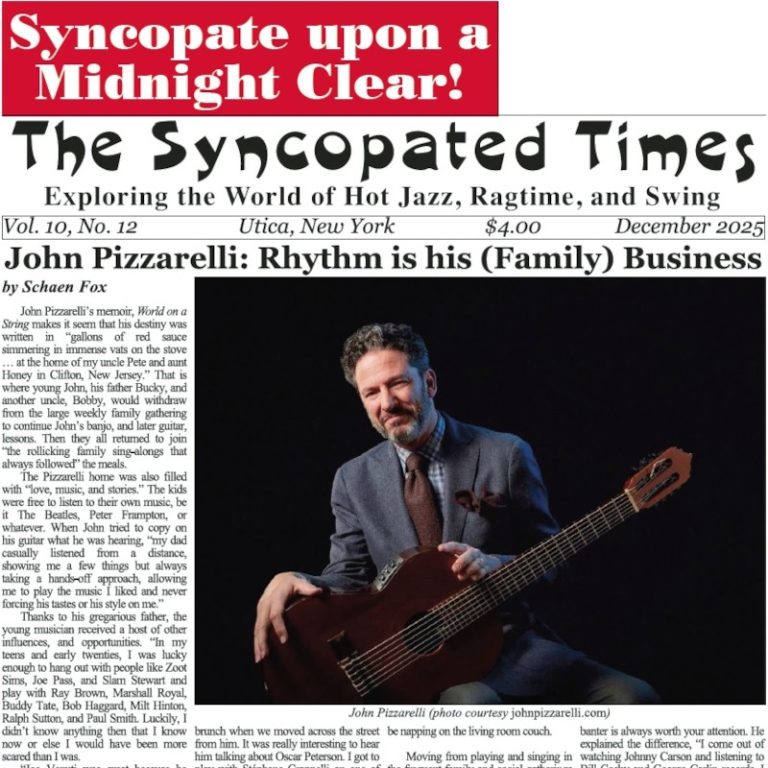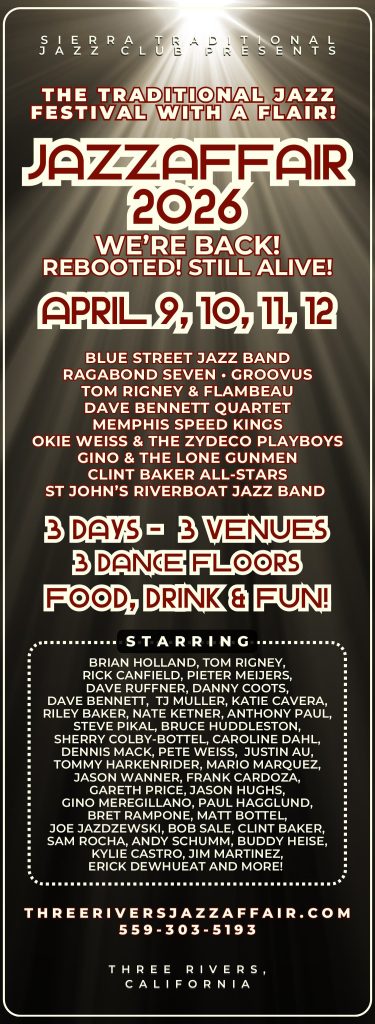Most reviews look at one particular release. This one doesn’t. Instead, I will compare two releases by the same pianist, with similar repertoire, but separated by six years.
Bryan Wright is well known in music circles primarily as owner and producer of Rivermont Records (which specializes in early dance band recordings and modern ragtime interpretation). However, he deserves to be better known as an outstanding pianist of syncopated piano styles.
Syncopated Musings would be an impressive debut album by anyone at any level of maturity, but I was stunned to see that Mr. Wright was only 22 years old at the time of the recording. I don’t think that I would have been able to produce something with this level of subtlety or maturity at that age.
Due to limits of space, I’m not going to examine every work recorded. Instead I will nominate a few that I think stand out. The first, May Aufderheide’s The Thriller! is played a little faster than Max Morath did, but it is cleanly articulated, with mostly punctuated and clearly separated notes in the bass, with the occasional little changes in the melodic lines, and dynamics (e.g. the second strain is played a little louder during the repeat). I’m not a big fan of repeating sections, but if you’re going to do it, there has to be some variation, and Mr. Wright does so while holding the listener’s attention.
Arthur Marshall is not w
You've read three articles this month! That makes you one of a rare breed, the true jazz fan!
The Syncopated Times is a monthly publication covering traditional jazz, ragtime and swing. We have the best historic content anywhere, and are the only American publication covering artists and bands currently playing Hot Jazz, Vintage Swing, or Ragtime. Our writers are legends themselves, paid to bring you the best coverage possible. Advertising will never be enough to keep these stories coming, we need your SUBSCRIPTION. Get unlimited access for $30 a year or $50 for two.
Not ready to pay for jazz yet? Register a Free Account for two weeks of unlimited access without nags or pop ups.
Already Registered? Log In
If you shouldn't be seeing this because you already logged in try refreshing the page.




